Working Out in Hot Weather Can Lead to Dehydration and Heat Stroke
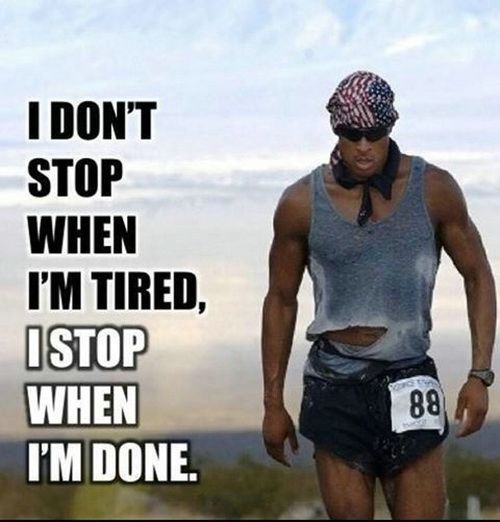
|
Ads we feature have been independently selected and reviewed. If you make a purchase using the links included, we may earn a commission, which helps support the site. Thank you for your support.
If there’s one thing runners in Texas understand, it’s heat. Some seem to tolerate it more than others, but too much of it can be deadly. Have you ever wondered exactly how and why it affects you like it does? OK; let’s look into that. It’s a completely different animal than cold weather running. Here are factors to focus on.
- Thermoregulation. This concept involves maintaining adequate heat production and sufficient heat dissipation; a balancing act, essentially. Your normal skin temp: 33°C (91°F), range 32-35°C. MedlinePlus.gov says, “Some studies have shown that the “normal” body temperature can have a wide range, from 97°F (36.1°C) to 99°F (37.2°C). A temperature over 100.4°F (38°C) most often means you have a fever caused by an infection or illness.”1 But during strenuous exercise the body’s heat production may exceed 1000 W. Some of the heat produced is stored, raising body core temperature by a few degrees. Evaporation of your sweat and an increased skin blood flow are highly-effective mechanisms for the dissipation of heat from the body, however dehydration hampers your ability to sweat and lose body heat.
- Exercise. Your core temperature increases during exercise in relationship to exercise intensity. Obviously, a slow, easy run will have less effect than speedwork. Heat production is 15-20 times greater than when you are at rest. It has been said that it’s a blessing in the wintertime, and a curse in the summer. Why is it harder to get a head of steam up on hot days? As much as 70% of energy produced is released as heat instead of energy for muscles. This causes an increase in core body temperature by 1°C for every 5 minutes of exercise without heat loss.
- Heat and humidity. Your heart rate increases up to 10 beats per minute when the temperature is in the range 75-90°F. Your heart rate increases up to additional 10 bpm when humidity is 50-90% because of decreased evaporation. Your performance can decrease by ~20% when temps are above 80°F.
- Heat dissipation. What areas of body are most important for heat dissipation? Your forehead for one Do you wear a bandana or a cap? Your upper limbs, trunk, and lower limbs are next in line. I’m a big fan of going shirtless or wearing a wicking or cooling shirt like the one below.
Heat is transported by blood from muscles to skin primarily by sweating. This is the first step in the cooling, evaporation process. 75% of evaporated fluids comes from your skin and 25% from respiration (breathing). ScienceDirect.com tells us, “In humans, roughly 1.6 to 5 million sweat glands are found in the skin, and the amount varies between individuals as well as anatomic sites. The region with greatest sweat gland density is the palms and soles of the feet, which contain 600–700 sweat glands/cm2. The primary function of sweat glands is to keep the core body temperature at approximately 37 °C by releasing sweat in a hot environment or during physical activity.”2 So, your soles don’t help matters much. We sweat an average of 1.4 L/hr (max 3 L/hr). Don’t forget to re-hydrate. By the time you get thirsty you are already behind the ball. Use a large water bottle; fill it with filtered water before you leave home.
Your body also dissipates heat by increased skin blood flow (convection). It transfers heat from your core to your skin and stimulates the sweat response.
- Heat related illnesses. According to the CDC, “Heat-related deaths and illnesses are preventable. Despite this fact, more than 600 people in the United States are killed by extreme heat every year.”3 There are 3 main types of heat-related illness that get progressively more serious. The first is heat cramps-sharp stabbing pain typically in legs or diaphragm. This is caused by electrolyte deficiencies/imbalances. The common treatment is to stop running, ingest a sports drink to replace fluids/electrolytes, and cool your body. The second illness is exertional hyperthermia. Symptoms are a core temp 39-40°C (102.2-104.0°F); excess sweating causing fluid volume loss of 6-10% of your body weight; headache, nausea, vomiting, fatigue, and an elevated heart rate (a real issue for those with high blood pressure). The treatment? all the things mentioned above plus cooling the body via immersion and elevating feet above level of the heart. The third illness is exertional heatstroke. This is characterized by all of the symptoms mentioned above plus core body temperature greater than 40.5°C (104.9°F), mental changes such as confusion, disorientation, and loss of consciousness. Seizures and coma are also likely, and in especially bad cases, death. Treatment includes all of the above but do not take fluids if unconscious/severely disoriented/seizing, etc.
- Are there risks factors for developing a heat related illness? You bet! These include low fitness level, dehydration, being unacclimated to heat and humidity, overweight/obese (BMI or Body Mass Index greater than 27), medications or supplements, and even lack of sleep.
- Prevention methods. The first thing to do is be realistic and adjust your pace. Refer to this chart.

Take walking breaks regularly and often, especially during your weekend long run. Hydrate, hydrate, hydrate. Thirst is not an accurate indicator of dehydration but increased HR and dark urine are. Your body absorbs liquids best when they’re cold (40℉ is ideal); cold fluids will also help reduce your core temperature. Take liquids with electrolytes, eat small amounts of foods w/sodium 12 hrs before running. Acclimate yourself to warmer weather beginning in the spring. 2 weeks of moderate intensity exercise, 30-100 min in duration in the heat, is a good rule of thumb. Keep to a regular schedule; adaptations can be lost in as little as 10 days. Trade in your hat for a visor.
These are the basics of running in the heat and humidity. A little common sense and precautions can go a long way. Above all, have fun; running is good for the soul!
References
- MedlinePlus.gov, Body temperature norms, https://medlineplus.gov/ency/article/001982.htm
- ScienceDirect.com, Sweat Gland, https://www.sciencedirect.com/topics/medicine-and-dentistry/sweat-gland
- Centers for Disease Control and Prevention, Extreme Heat, https://www.cdc.gov/disasters/extremeheat/index.html
Further Reading
- Running in the Cold Weather
- Why Pandemics Like COVID-19, or Coronavirus Persist
- Types of Home Water Filtration Units
- How to Lower High Blood Pressure Naturally
- Getting Enough Minerals in Your Diet?
- Body Weight, Fat Percentage, and BMI
- Running Improves Memory, Grows Brain Cells
- A Fundamental Guide to Long Runs
Looking for more great content? Visit our main page or partner sites:
I offer article and blog-writing services. Interested? Contact me for a quote!
Did you find this article helpful? Millions of readers rely on information on this blog and our main site to stay informed and find meaningful solutions. Please chip in as little as $3 to keep this site free for all.




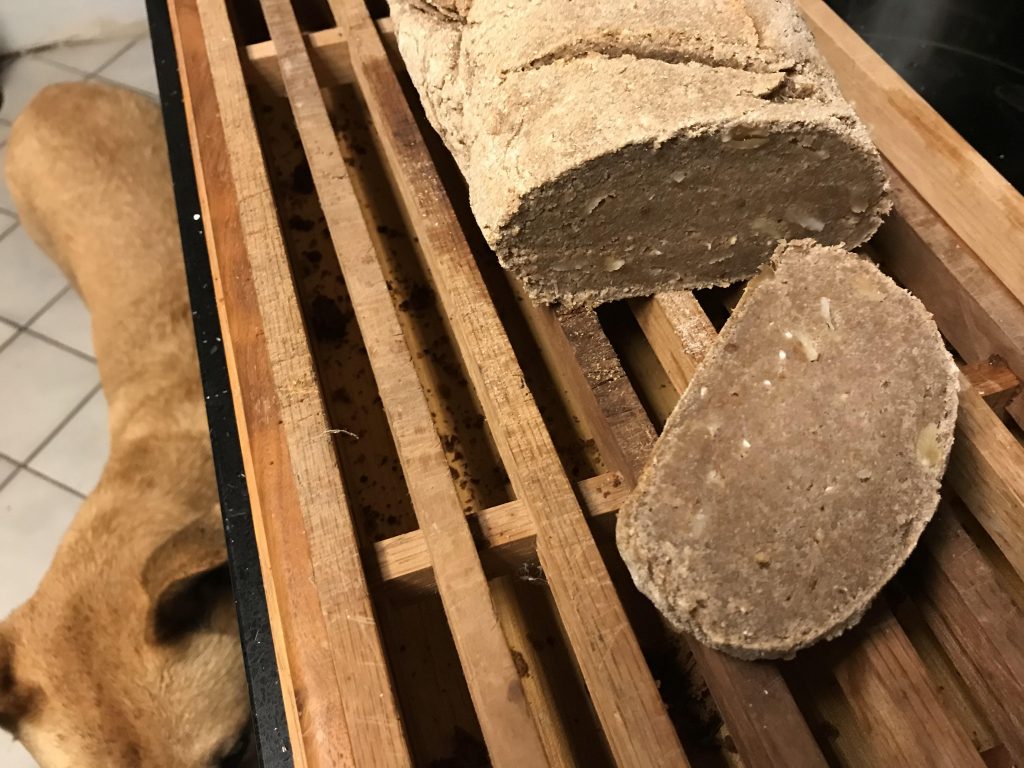

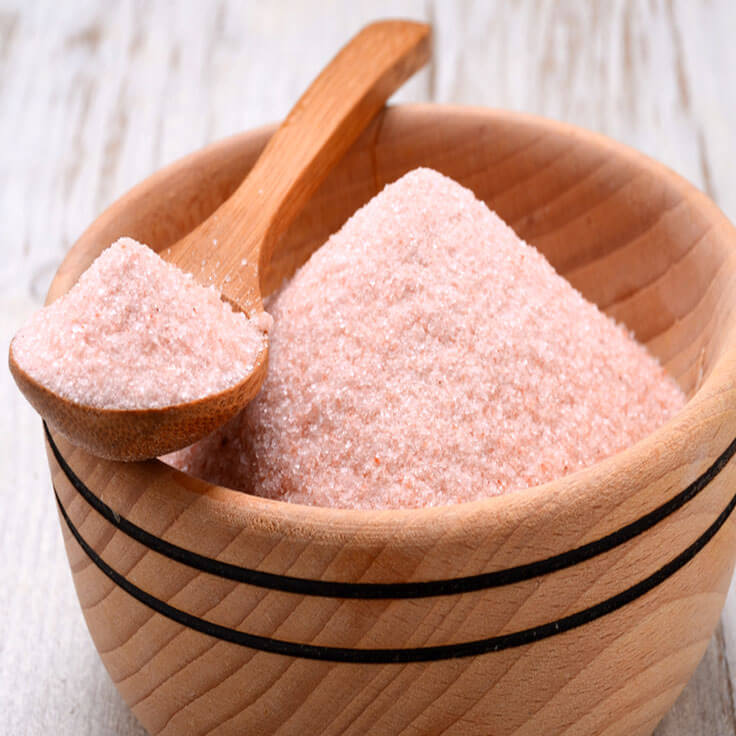

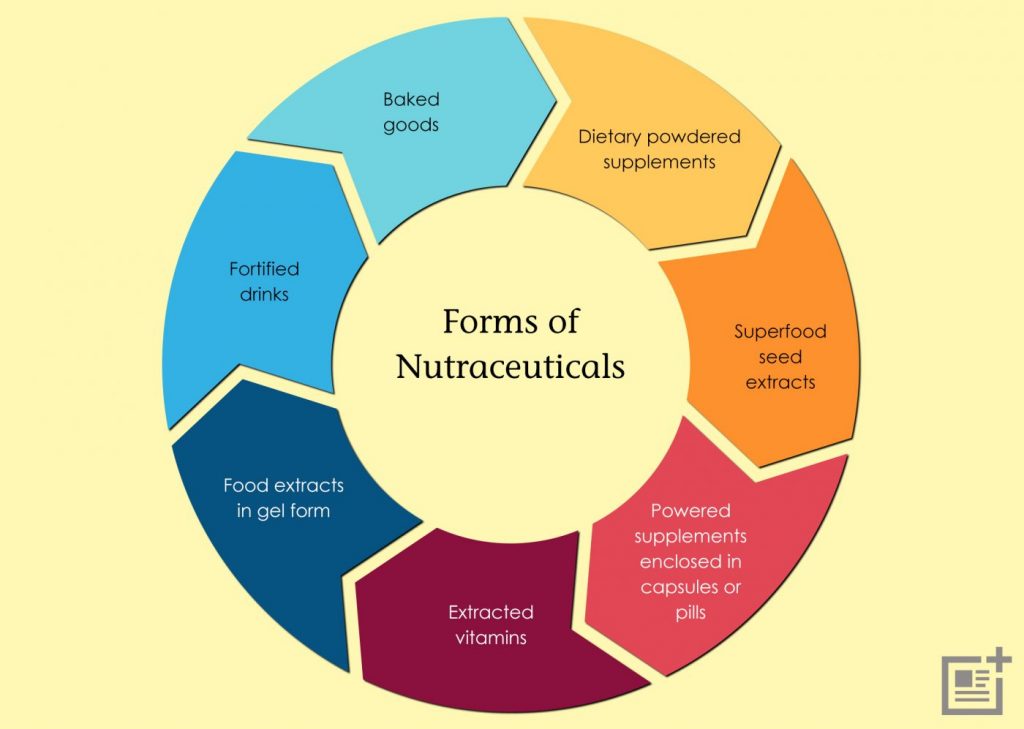
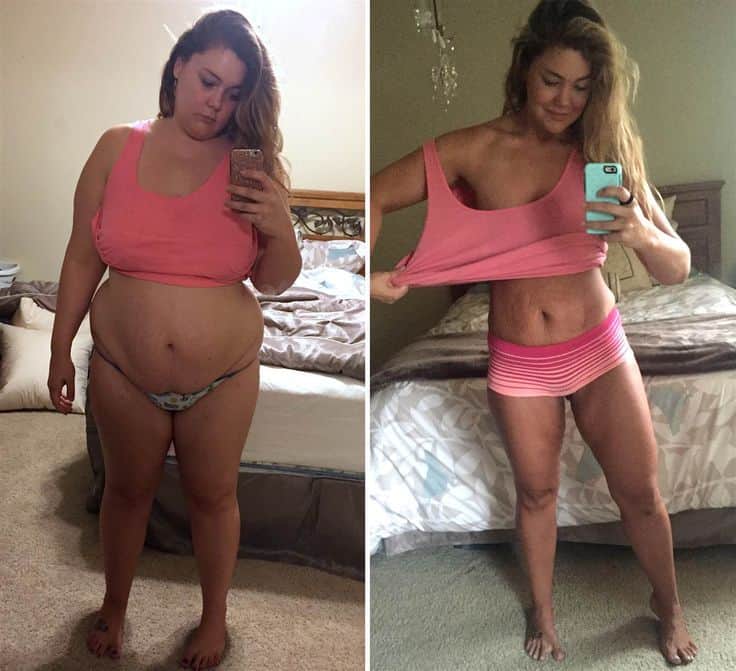

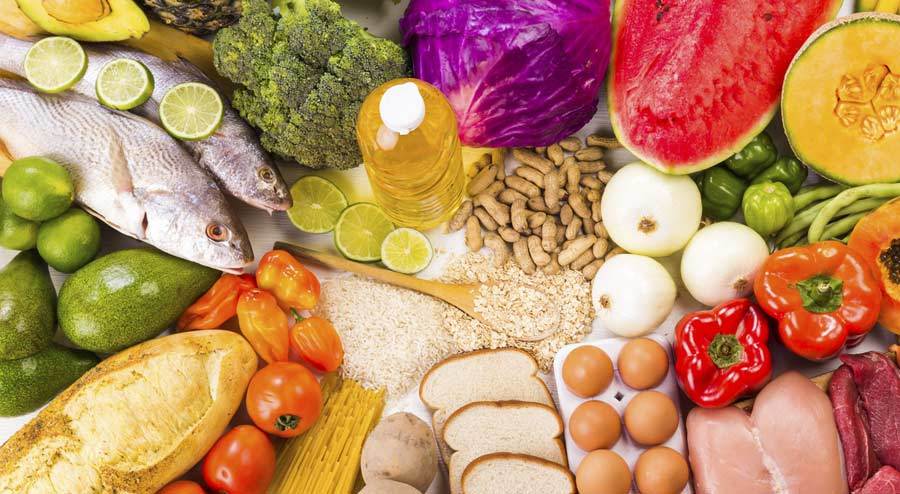
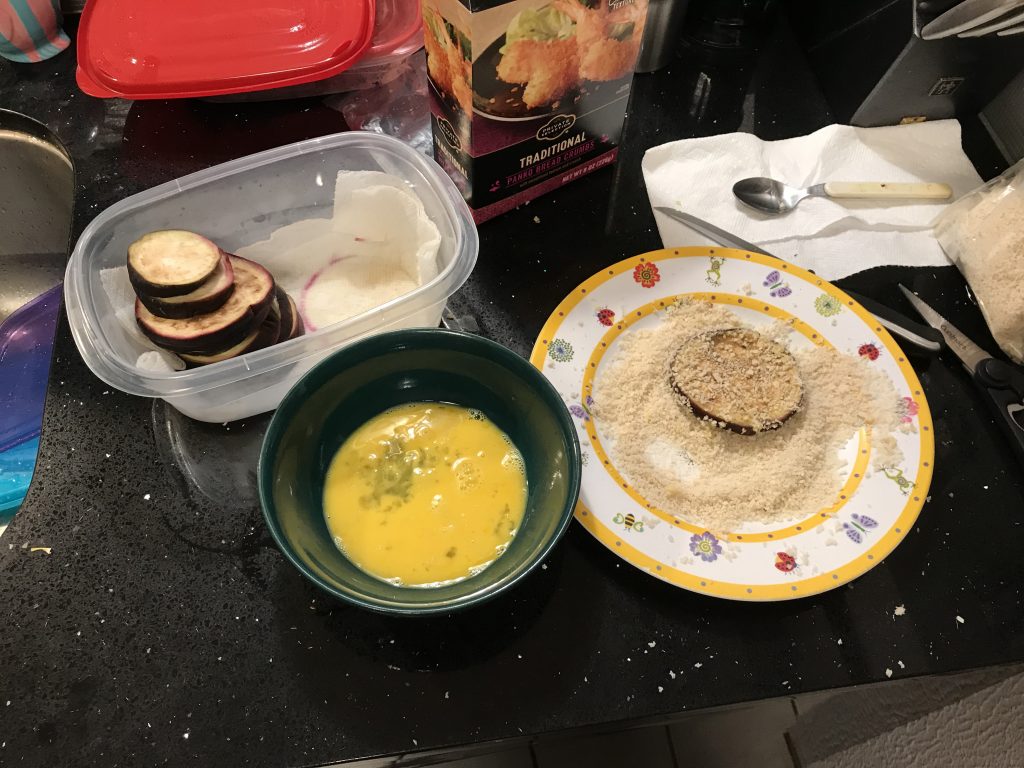


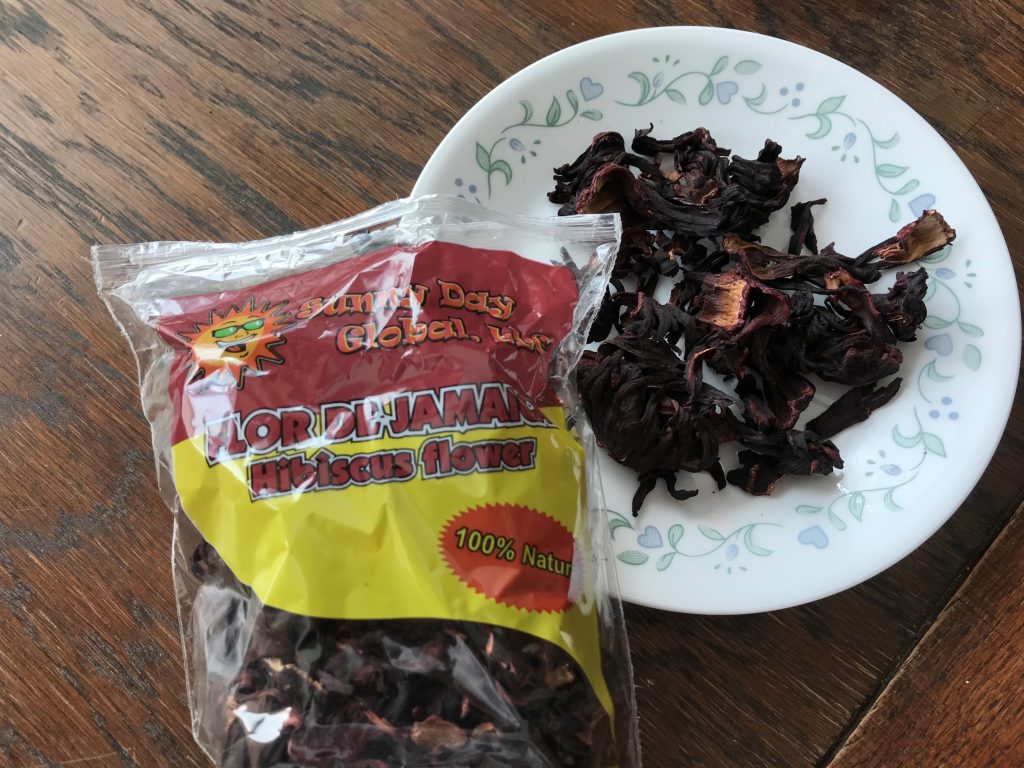
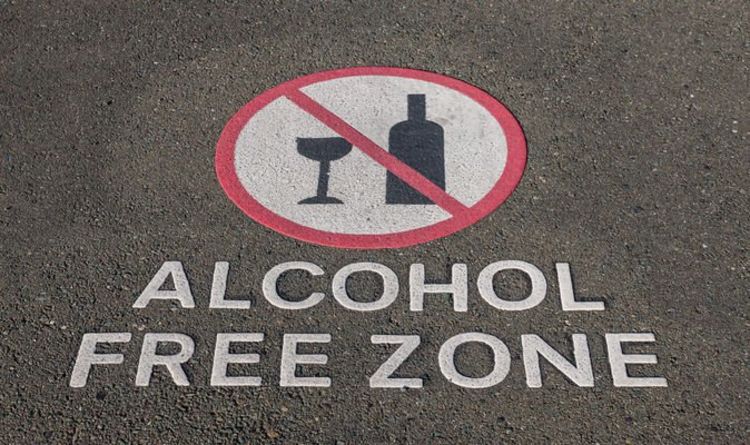

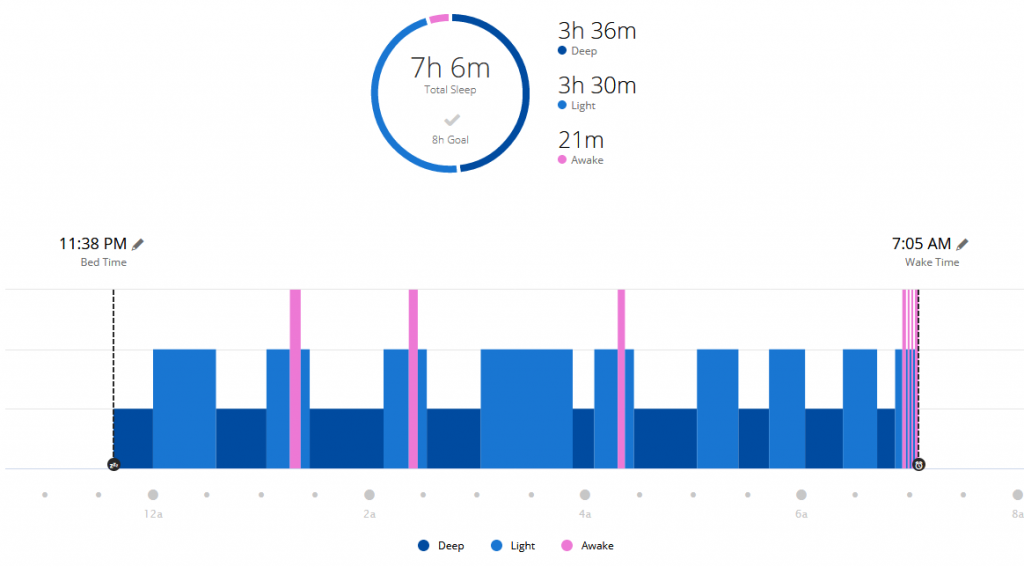
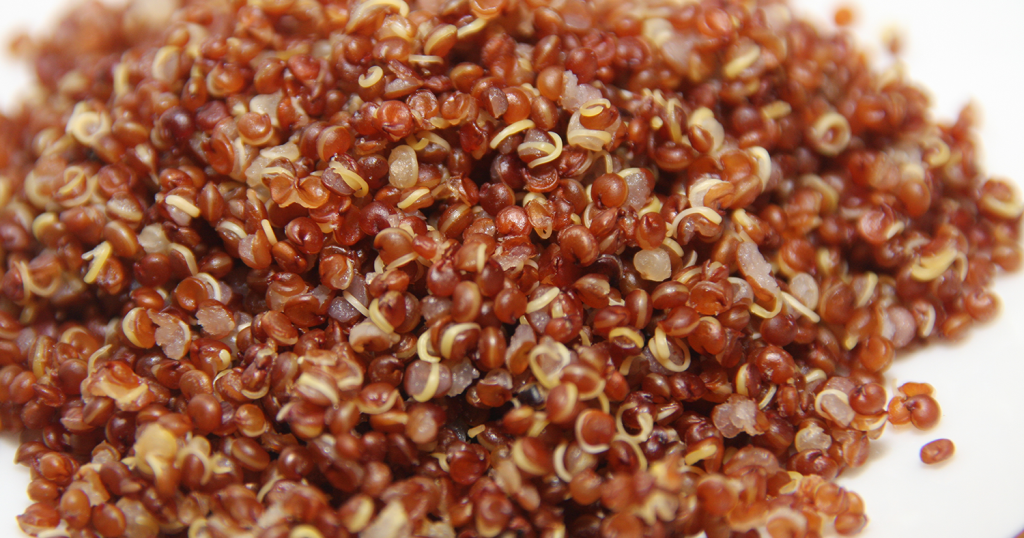

 Kelly R. Smith is an Air Force veteran and was a commercial carpenter for 20 years before returning to night school at the University of Houston where he earned a Bachelor’s Degree in Computer Science. After working at NASA for a few years, he went on to develop software for the transportation, financial, and energy-trading industries. He has been writing, in one capacity or another, since he could hold a pencil. As a freelance writer now, he specializes in producing articles and blog content for a variety of clients. His personal blog is at
Kelly R. Smith is an Air Force veteran and was a commercial carpenter for 20 years before returning to night school at the University of Houston where he earned a Bachelor’s Degree in Computer Science. After working at NASA for a few years, he went on to develop software for the transportation, financial, and energy-trading industries. He has been writing, in one capacity or another, since he could hold a pencil. As a freelance writer now, he specializes in producing articles and blog content for a variety of clients. His personal blog is at 